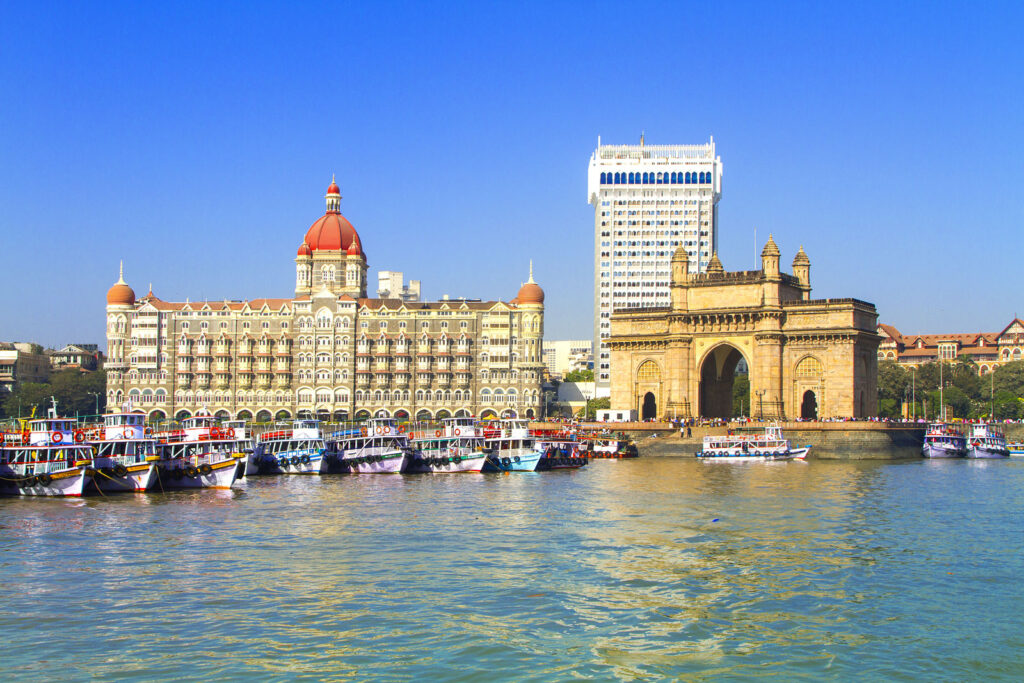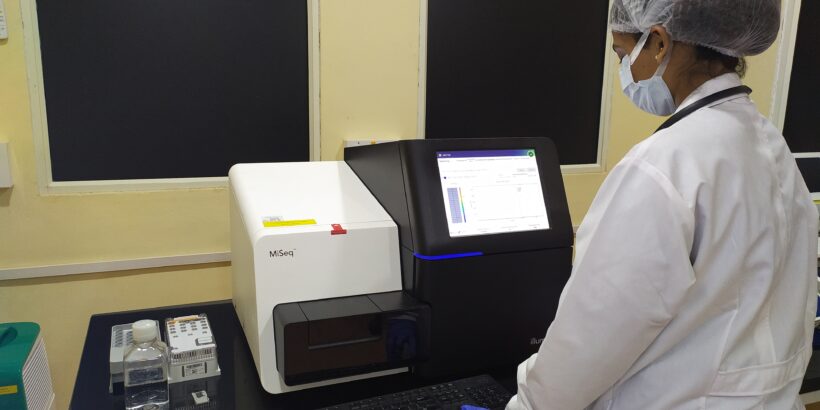Drug resistance occurs when a pathogen—whether bacteria, virus, or fungus—evolves to withstand the drug that is given for treatment. Drug resistance is a top health concern identified by the World Health Organization because of its potential to render existing medicines ineffective and turn currently treatable infections deadly. Typhoid, caused by Salmonella Typhi bacteria, is treatable with antibiotics. However, drug-resistant typhoid is spreading globally. Salmonella Typhi rapidly develops resistance whenever a new antibiotic is introduced for treatment. This makes it important to study and track drug resistance as it emerges. This knowledge can help protect the effectiveness of available antibiotic treatments, which means that we know where certain drug-resistant strains are a problem. By doing this, we can more appropriately treat the people who get sick with typhoid. We conducted a study in Mumbai, India, to identify current drug-resistant typhoid patterns.

An urgent threat
India is a typhoid endemic country with an estimated 4.8 million cases per year. As quinolone-resistant typhoid strains have spread in India, the current treatment options are third generation cephalosporins such as ceftriaxone, or azithromycin. There is concern, however, that reliance on third generation cephalosporins may trigger the emergence of further resistance, as has been seen in extensively drug-resistant (XDR) typhoid in Pakistan.
XDR typhoid strains do not respond to five classes of antibiotics, leaving only one oral antibiotic option, azithromycin, or more costly intravenous antibiotics available for treatment. These intravenous antibiotics may not be available in typhoid-endemic countries. Additionally, a recent study in Chandigarh, India, found azithromycin-resistant typhoid, highlighting the urgent need for preventative measures.
To better understand the drug-resistance profile of currently circulating typhoid strains, we conducted antimicrobial susceptibility testing of 92 isolates collected from typhoid patients in Mumbai between January 2017 and December 2018. This test determines which antibiotics are still effective against the different isolates. Ninety percent of the isolates collected were resistant to ciprofloxacin. Thirteen percent were resistant to ceftriaxone. These patients required treatment with azithromycin to recover. A higher proportion of patients with ceftriaxone-resistant typhoid required inpatient care.
We also conducted genetic analysis of these typhoid strains to identify the genes behind the antibiotic resistance. This information helps us to track the evolution and spread of bacteria in the community. The extended temporal and geographical distribution of the isolates in our study suggests broad environmental transmission.
TCVs can help stop drug-resistant typhoid
Our study findings suggest an emerging high-risk lineage of S. Typhi that is resistant to third generation cephalosporins and fluoroquinolones circulating in Mumbai. It will be important to conduct active surveillance and implement effective prevention measures to prevent outbreaks and the spread of these strains. Typhoid conjugate vaccines (TCVs) are one of the effective ways to prevent typhoid. An effectiveness study from Pakistan found TCV was 97% effective against XDR typhoid strains. India has not yet introduced TCVs into their national immunization program, but they are available in the private market and in the public-sector in Navi Mumbai Municipal Corporation. The long-term typhoid prevention solutions are water, sanitation, and hygiene interventions, but these are costly and take time to implement. Vaccines can provide strong protection in the short-term, preventing illness and slowing the emergence of drug-resistant typhoid strains now.



